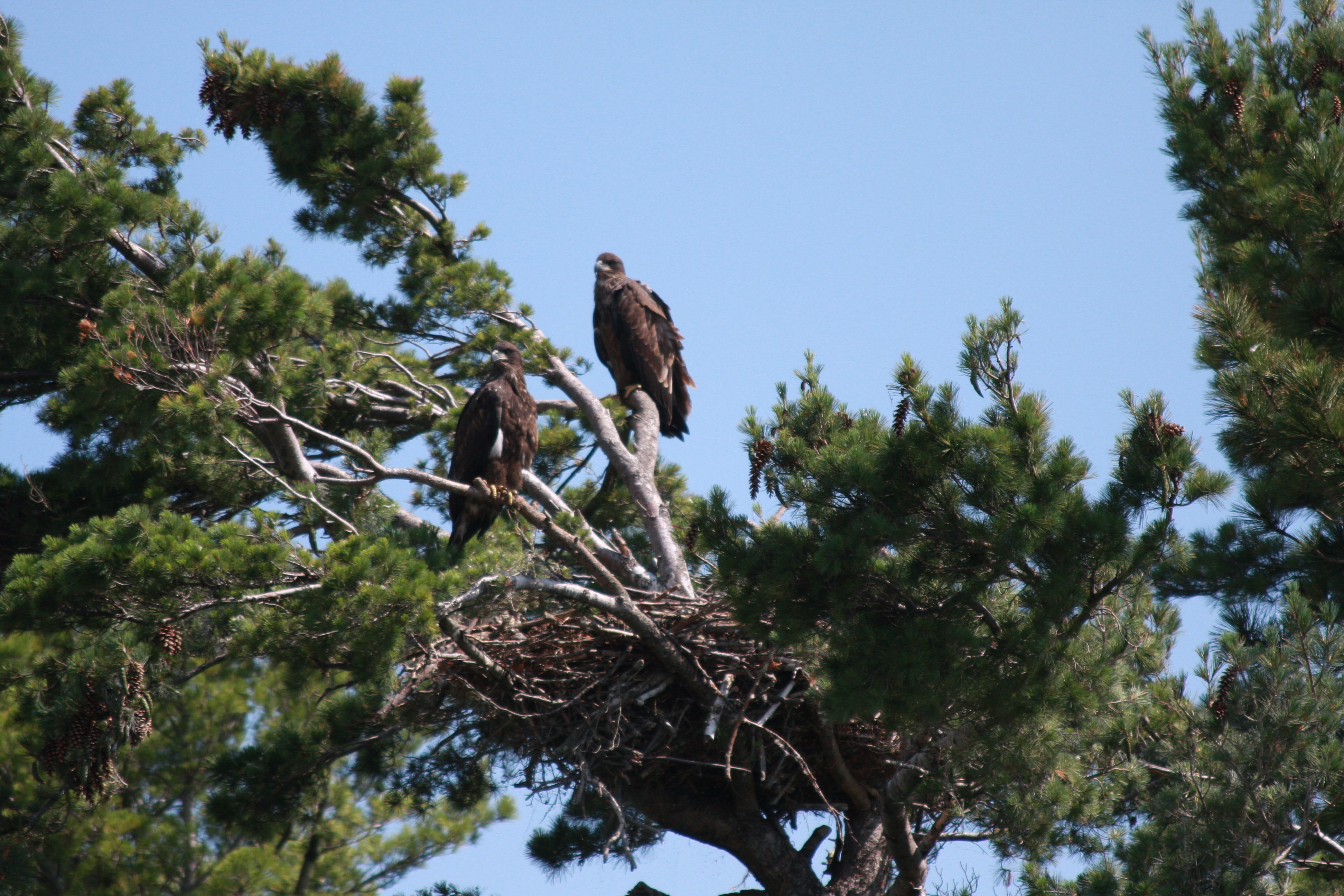News Release
You are viewing ARCHIVED content published online before January 20, 2025.
Please note that this content is NOT UPDATED, and links may not work. For current information,
visit https://www.nps.gov/aboutus/news/index.htm.

|
Subscribe
|
Contact: Tawnya Schoewe
Contact: Steve Windels, 218-283-6692
International Falls, MN: All of the park’s 291 developed visitor use camping and houseboat sites that were affected by temporary closures to protect bald eagle nesting pairs are now reopened for public use.Specifically, the following areas affected by the temporary closures are now reopened for public use:
• Kabetogama Lake – Camelback Island Campite (K-3), Happy Landing Campsite (K-11),
Voyageurs National Park natural resource managers follow the conservation management actions of the Bald Eagle and Golden Eagle Management Act (16 U.S.C. 668-668c, 1940 as amended). Each year since 1992, the park has temporarily closed the land and water areas around active bald eagle nests to visitor use during their critical nesting periods.
Voyageurs National Park has been monitoring bald eagle nesting activity since 1973. COVID-19 restrictions this spring resulted in the park not being able to complete our spring occupancy survey in April or early chick-rearing survey in June for the first time since we started 47 years ago. We were able to conduct our normal late-season aerial survey the week of July 23, however, to assess how many chicks were successfully fledged from nests within the park and surrounding area.
Within the boundaries of VNP, 79 nests were surveyed, of which 20 nests produced at least 1 chick that we observed. These nests produced at least 23 eagle chicks that survived to fledging: 4 on Rainy Lake, 10 on Kabetogama Lake, 5 on Namakan Lake, 3 on Sand Point Lake, and 1 on Crane Lake. We surveyed an additional 11 nests just outside of the park boundaries, which produced 2 chicks. The total number of chicks produced is on the lower end of the normal range for Voyageurs National Park but well within the range of natural variation that we’ve seen over the nearly last half-century of monitoring.
About the National Park Service. More than 20,000 National Park Service employees care for America’s 417 national parks and work with communities across the nation to help preserve local history and create close-to-home recreational opportunities. Learn more at www.nps.gov.
Last updated: July 28, 2020
